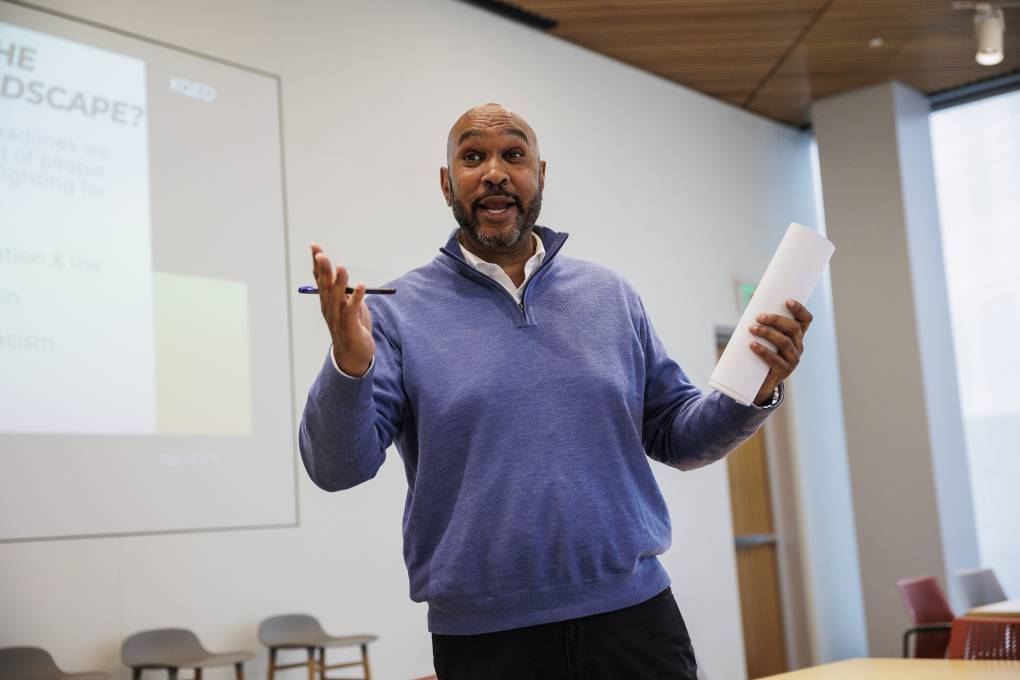In today’s rapidly evolving world, DEI has become a cornerstone for many organizations aiming to foster an inclusive and equitable environment. But what does DEI stand for, and why is it crucial in both corporate and social contexts? This article delves into the meaning of DEI, its components, and its significance in modern society.
Key Takeaways
- DEI stands for Diversity, Equity, and Inclusion.
- Each component of DEI plays a vital role in creating a fair and inclusive environment.
- Implementing DEI strategies can lead to improved organizational performance and societal progress.
- Understanding DEI is essential for fostering a culture of respect and collaboration.
What Does DEI Stand For?
The acronym DEI stands for Diversity, Equity, and Inclusion. These three principles are interconnected and serve as a framework for building environments where all individuals feel valued and respected. Let’s break down each component:
Diversity
Diversity refers to the presence of differences within a given setting. This includes, but is not limited to, race, ethnicity, gender, age, sexual orientation, disability, and socioeconomic status. Embracing diversity means recognizing and valuing these differences, which can enrich an organization or community by bringing varied perspectives and experiences.
Equity

Equity involves ensuring fair treatment, access, opportunity, and advancement for all individuals. It requires identifying and eliminating barriers that have historically led to unequal outcomes. Unlike equality, which assumes everyone benefits from the same resources, equity acknowledges that individuals may need different resources to achieve similar outcomes.
Inclusion
Inclusion is the practice of creating environments where any individual or group can be and feel welcomed, respected, supported, and valued. An inclusive environment is one where diverse individuals can thrive, contribute, and feel a sense of belonging. Inclusion is about integrating diverse perspectives and ensuring that all voices are heard and considered.
The Importance of DEI in Today’s World
As the global landscape becomes increasingly diverse, the importance of DEI cannot be overstated. Organizations that prioritize DEI are better positioned to innovate, adapt, and succeed. Here are some reasons why DEI is crucial:
- Enhanced Creativity and Innovation: Diverse teams bring a variety of perspectives, leading to more creative solutions and innovative ideas.
- Better Decision Making: Inclusive environments encourage diverse viewpoints, resulting in more informed and balanced decisions.
- Increased Employee Engagement: When employees feel included and valued, they are more likely to be engaged and committed to their work.
- Improved Reputation: Organizations known for their commitment to DEI are often seen as more attractive to potential employees and customers.
- Social Responsibility: Embracing DEI is a step towards addressing systemic inequalities and contributing to a more just society.
Implementing DEI in Organizations
For organizations looking to implement DEI strategies, there are several steps to consider:
Conduct a DEI Audit
Begin by assessing the current state of diversity, equity, and inclusion within the organization. This involves collecting data on workforce demographics, analyzing policies and practices, and identifying areas for improvement.
Develop a DEI Strategy
Create a comprehensive DEI strategy that outlines specific goals, initiatives, and metrics for success. This strategy should be aligned with the organization’s overall mission and values.
Provide DEI Training
Offer training programs to educate employees about the importance of DEI and equip them with the skills to foster an inclusive environment. Training should cover topics such as unconscious bias, cultural competency, and inclusive leadership.

Foster an Inclusive Culture
Encourage open dialogue and create spaces where employees feel comfortable sharing their experiences and perspectives. Promote inclusive practices, such as diverse hiring panels and employee resource groups.
Measure and Adjust
Regularly evaluate the effectiveness of DEI initiatives and make adjustments as needed. Use feedback from employees and stakeholders to refine strategies and ensure continuous improvement.

Challenges and Considerations

While the benefits of DEI are clear, implementing these principles can present challenges. Organizations may face resistance to change, limited resources, or a lack of understanding about DEI. Overcoming these challenges requires commitment, education, and a willingness to adapt.
It’s also important to recognize that DEI is not a one-size-fits-all solution. Each organization must tailor its approach to fit its unique culture and needs. This requires ongoing effort and a long-term commitment to fostering an inclusive environment.
Understanding what DEI stands for and its importance is crucial for organizations and individuals alike. By embracing diversity, promoting equity, and fostering inclusion, we can create environments where everyone has the opportunity to succeed. As we move forward, let us commit to building a more inclusive and equitable world, where all voices are heard and valued.
Incorporating DEI into the fabric of our organizations and communities is not just a moral imperative; it is a strategic advantage that can drive innovation, growth, and social progress.